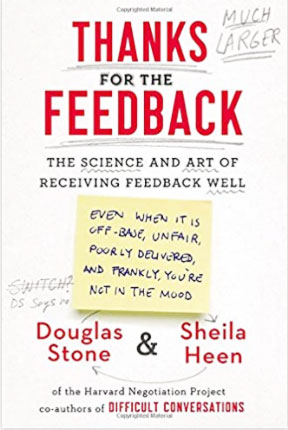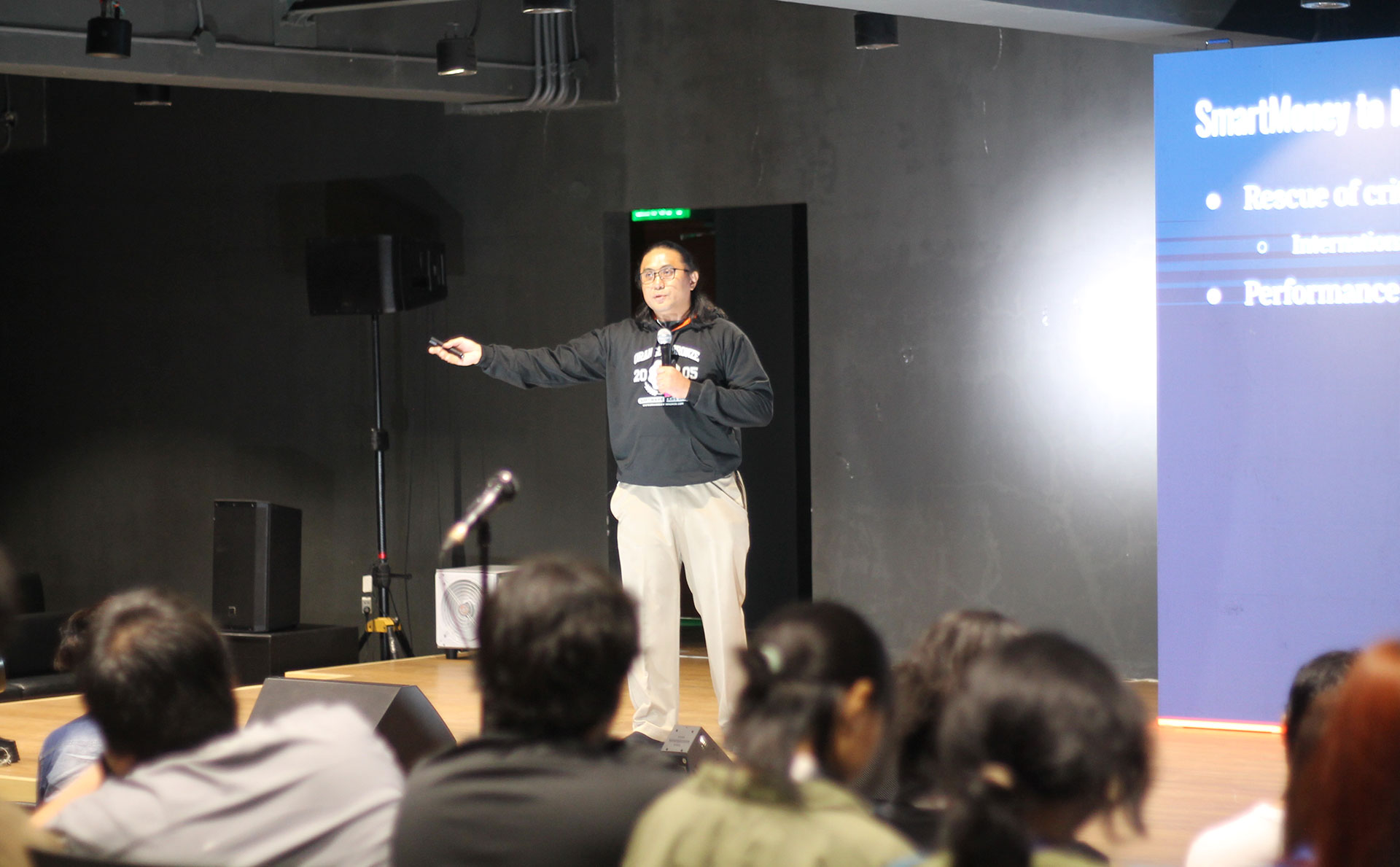In managing software projects, feedback is critical. Here are some helpful notes on giving feedback to your team.
Giving feedback is difficult. Receiving feedback can be tough at times (especially when it’s negative feedback).
In my world, feedback is critical. After years of practice, I still feel that I’m not good at giving feedback. So, I’m writing down some notes that I found helpful in giving (seeking and receiving) feedback.
Note #1: Give Feedback As Soon As Possible
Don’t store it up. Give feedback as soon as possible (within hours, or days, of a specific event or instance if you can).
Note #2: Choose An Appropriate Time And Place
Allow enough time so that you are not rushed. Never give “negative” feedback in public.
I also time-box the session to not exceed 60 minutes. I find that about 30 minutes is good enough. If the conversation begins to drag, get emotional or you/they need time to “digest” what is being said, take time out—arrange a break and reschedule the meeting for a later time.
Note #3: Be Specific
There’s nothing more frustrating than feedback that is not specific. How would you react to the following?
- You’re doing ok, I’m happy.
- You need to do/manage this better.
- I’m disappointed with you.
- Your code was terrible.
Seriously! How would you react to the above?
So, how can I be more specific? Here, I found that using the STAR and SBI models help me think about ways I can be more specific.
Here’s an example, and further breakdown (in table form).
I felt you really supported me when the team missed some stories in the recently concluded sprint. I had expected you to be frustrated by that because we had committed to it, but you understood and told the team that it wasn’t my fault. So I’d like to say thanks, I feel much better about things.
| Situation | I felt you really supported me when the team missed some stories in the recently concluded sprint. I had expected you to be frustrated by that because we had committed to it… |
| Behavior | …but you understood and told the team that it wasn’t my fault. |
| Impact | So I’d like to say thanks, I feel much better about things. |
Here’s another example, and further breakdown (in table form).
I’ve noticed that you have been coming to work at 10:30am this past week. The team’s daily stand-up was agreed to be at 10am. It’s in our team policy that we are all on time in the morning. Because you came into work after the stand-up, the team didn’t hear about your status updates and blockers. Being ‘one person down’ put a lot of pressure on the rest of the team. The others in the team even took tasks that you’ve probably started.
| Situation | I’ve noticed that you have been coming to work at 10:30am this past week. |
| Task | The team’s daily stand-up was agreed to be at 10am. It’s in our team policy that we are all on time in the morning. |
| Action | Because you came into work after the stand-up, the team didn’t hear about your status updates and blockers. |
| Result (or impact) | Being ‘one person down’ put a lot of pressure on the rest of the team. The others in the team even took tasks that you’ve probably started. |
At this point (after providing the facts/specifics, and sometimes the impact), I would usually pause, and ask for the person’s feelings. Like, what happened?, what do you think happened here?, how do you feel about that?, and listen. Yep, pause and listen. Sometimes, pausing is enough. The person I’m giving feedback to, would explain his/her side. So, I pause and just listen.
Note #4: End with an Agreement
End the feedback session with an agreement. This is important. So, don’t forget about ending with an agreement.
Usually, when giving negative feedback, an agreement should be reached. This agreement involves preventing the undesired behavior from occurring again, and providing consequences if it does occur again. Decide together what action(s) you both will take after the meeting.
A Suggested Sequence
While researching further on giving/getting feedback, I chanced upon a PDF from ACTPS Performance Framework. It suggests the following sequence:
- When you… (situation and behavior)
- I am concerned because… (impact)
- Pause for discussion.
- I would like…
- Because…
- What do you think?
| When you… | A statement that describes the behaviour without judgment, exaggeration, labelling or motives. Just state the facts as specifically as possible (You could use the STAR model outlined above). |
| I am concerned because… | Say who or what it impacts and what the impact is. |
| Pause for discussion. | Let the other person respond. |
| I would like… Because… | Describe the change to the other person to consider and why you think the change will address the issue/concern. |
| What do you think? | Listen to the other person’s responses. Be prepared to discuss options. |
And, don’t forget to end with an agreement.
Good News For Those Who Seek Feedback
A research paper, “Tell Me What I did Wrong: Experts Seek and Respond to Negative Feedback,” in The Journal of Consumer Research, says that when people are experts on a subject, or consider themselves experts, they’re more eager to hear negative feedback, while those novices are more likely to seek positive responses.
So… if you’re eager to hear negative feedback, congratulations! You’re on your way to becoming experts.
Further Reading
Just a few days ago, I saw this book by Douglas Stone and Sheila Heen at Fully Booked (across DLSU Taft).

I don’t have a copy. But I watched some talks (on YouTube) given by the book’s authors. So far, it’s good to know that receiving feedback is a skill that can be learned.
Originally posted at: Feedback: Giving, Seeking, and Receiving










